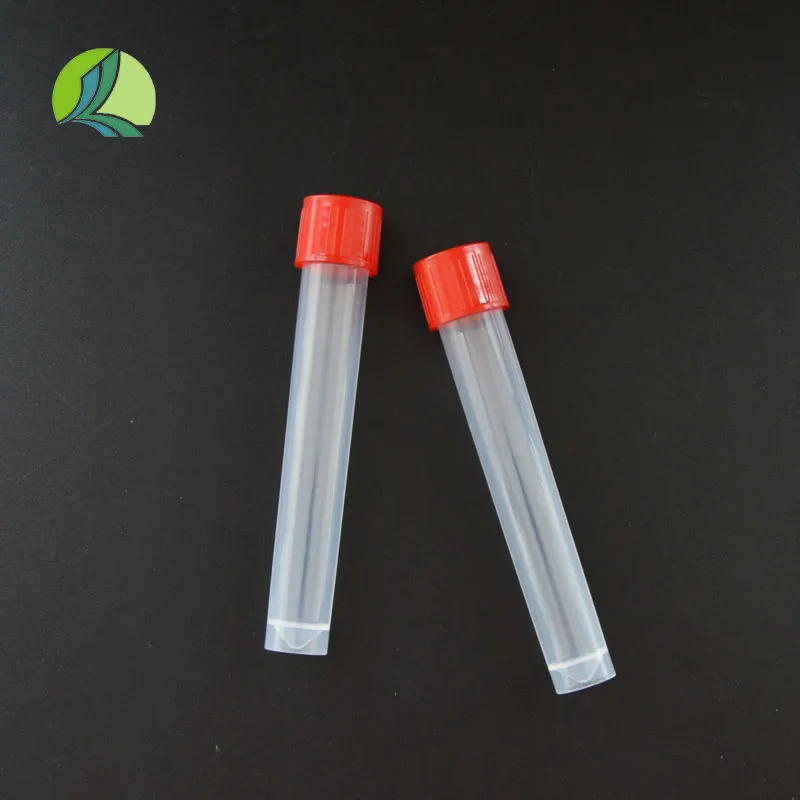plastic drug vials
The Rise of Plastic Drug Vials A Modern Solution for Pharmaceuticals
In recent years, the pharmaceutical industry has seen a significant shift in the materials used for drug packaging. Among these innovations, plastic drug vials have emerged as a preferred option over traditional glass vials. This change can be attributed to a myriad of factors, including safety, cost-effectiveness, and environmental considerations.
Historically, glass vials have been the gold standard for pharmaceutical packaging due to their inert nature, which prevents chemical interactions with the drug contents. However, glass is not without its drawbacks. Glass vials are fragile and prone to breaking, which poses a risk during transport and handling. This fragility can lead to wasted product and increased costs, particularly in sectors of the healthcare industry where safety and reliability are paramount.
The advent of plastic drug vials has revolutionized this aspect of drug packaging. Manufacturers have developed various types of plastics, such as high-density polyethylene (HDPE) and polypropylene, which are not only durable but also resistant to breaking. This resilience significantly reduces the risk of product loss during shipping and storage. As a result, pharmaceutical companies can cut down on their operational costs while providing a safer product to healthcare providers and patients alike.
Moreover, plastic vials are lighter than glass vials, contributing to lower transportation costs and reduced carbon footprints. The lightweight design minimizes the environmental impact associated with shipping and helps organizations meet sustainability goals. In a world increasingly focused on eco-friendly practices, the plastic vial serves as a modern, environmentally conscious option for drug storage and delivery.
plastic drug vials

Another advantage of plastic over glass is the potential for enhanced functionality. Plastic vials can be designed with features that improve usability, such as twist-off caps, integrated droppers, or push-button dispensers. These innovations make it easier for both healthcare professionals and patients to access medications, thereby improving compliance and ensuring that patients receive the correct dosages without hassle.
Additionally, the manufacturing process for plastic vials often allows for rapid production and flexibility in design. Unlike glass, which can require long lead times for production and requires careful handling during processing, plastic can be molded into various shapes and sizes quickly and efficiently. This flexibility means that pharmaceutical companies can adapt more swiftly to market demands, including the introduction of new drugs or formulations.
Despite the numerous advantages of plastic drug vials, concerns regarding chemical leaching and the overall environmental impact of plastics remain valid. Some critics argue that certain types of plastics may react with the drug compounds they contain, potentially altering their efficacy. However, advances in polymer science have led to the development of specialized plastics that are designed to be compatible with a wide range of medications, minimizing these risks.
Additionally, the growing global emphasis on recycling and circular economy practices is driving innovation in plastic waste management. Many companies are now exploring ways to recycle used plastic drug vials, thus reducing waste and promoting sustainability in the industry.
In conclusion, the transition from glass to plastic drug vials represents a paradigm shift in the pharmaceutical packaging landscape. With their durability, cost-effectiveness, lightweight nature, and ease of use, plastic vials offer significant benefits over their glass counterparts. While challenges related to chemical interactions and environmental impact remain, ongoing advancements within the field are addressing these issues head-on. As the pharmaceutical industry continues to evolve, plastic drug vials are likely to play an increasingly pivotal role in ensuring safe and effective medication delivery. Ultimately, this modern solution is set to enhance patient care and streamline operations within one of the most critical sectors of our society.
-
Aesthetic Makeup Spray Bottles | Fine Mist Empty RefillableNewsAug.19,2025
-
White Plastic Veterinary Vaccine Vials | Lab Liquid BottlesNewsAug.18,2025
-
Plastic Medicine Liquid Bottle: Secure Flip Top Drug VialsNewsAug.17,2025
-
Durable 250ml Blue Plastic Vaccine Vial for Lab & Vet UseNewsAug.16,2025
-
Sterile Virus Sample Tubes: Secure & Reliable Specimen CollectionNewsAug.15,2025
-
White 250ml Plastic Vaccine Vial for Lab & Vet MedicineNewsAug.14,2025
























